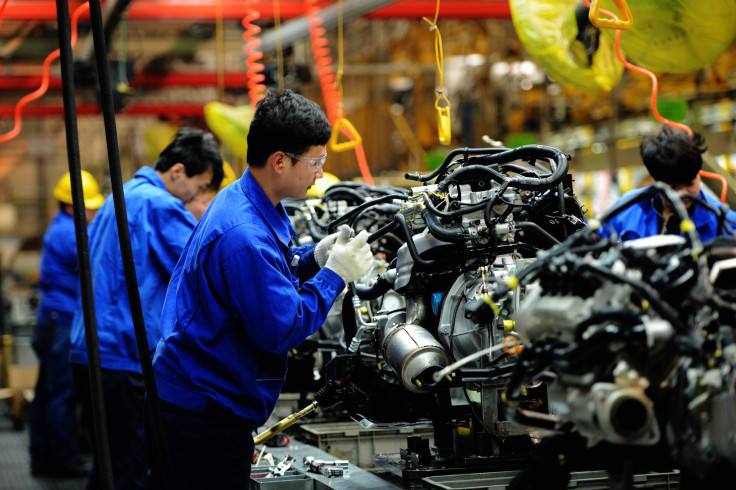Chinese Firms Reduce Hiring, Capital Expenditure As Economic Slowdown Persists

Capital expenditure by Chinese companies fell to a five-year low, while new employment at private companies dropped to its lowest level in four years in the first quarter of 2016, according to a private survey of over 2,200 firms. However, the survey, carried out by the China Beige Book International (CBB), also showed that profits in the first quarter improved from the previous quarter’s lows as revenue growth steadied.
“It's unclear whether the economy as a whole weakened again in the first quarter. But policy challenges appear to have grown, and Beijing therefore may perceive the economy as weaker,” the authors of the New York-based CBB reportedly wrote.
Only 23 percent of the companies surveyed expanded their workforce, the survey found. Most companies expect further hiring weakness ahead, CBB said.
“Our data show that firms first stopped borrowing, then cut spending and now are becoming allergic to hiring,” the survey said.
Over the past year, as the country’s economy reels under a slowdown, the Chinese government has sought to shift gears toward consumption and services and away from manufacturing and investment. Factory activity in the country’s manufacturing sector shrank for the seventh straight month in February, accompanying a drop in workforce levels.
“Staff numbers declined at the sharpest rate since January 2009 during February. Companies that recorded lower headcounts widely commented on company downsizing policies as part of cost-cutting initiatives, along with the non-replacement of voluntary leavers,” the Caixin Insight group said in a report released earlier this month.
According to the CBB survey, revenue growth in services and in retail, including furniture, appliances and clothing, slowed in the first quarter, while it held steady in the manufacturing sector.
The survey's findings, which highlight a prevailing weakness in the labor market, also raise questions over the efficacy of China’s monetary stimulus policies. The weak data is likely to build pressure on Chinese policymakers, who have been facing growing headwinds in their efforts to cushion a slowdown that has cast doubts over the government’s growth target of 6.5 to 7 percent for this year.
© Copyright IBTimes 2024. All rights reserved.












